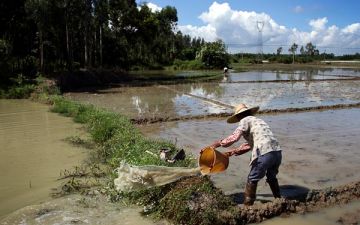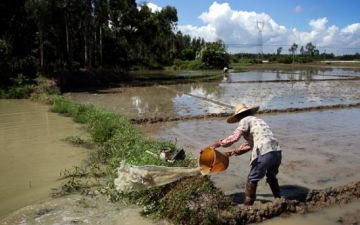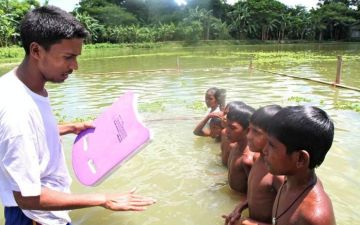Wetlands are found on every continent on earth, in the form of rivers, shallow lakes, swamps, mangroves, estuaries and floodplains. They are valued for their ability to store floodwaters, protect shorelines, improve water quality, and recharge groundwater aquifers.
The relationship between man and wetlands, however, has always been one of an uneasy balance. For the past few hundred years, this balance has gone against wetlands throughout the world, threatening these lands which mankind relies so heavily upon.
China's wetlands cover some 65 million hectares, ranking first in Asia and representing ten percent of the world's total wetlands. A quiet crisis is occurring however as these important waters are quickly disappearing.
As a result of China's rapid economic growth in recent decades, coupled with climate change, vast swathes of China's wetlands have now disappeared. Between 1990 and 2000, 30% of China natural wetlands disappeared, 50% of China's coastal wetlands have vanished since the 1950's and wetlands at the great Yangtze River's origin have contracted 30% over the past 40 years.
These changes have serious consequences for the millions of people who rely on these sources of water across the country.










